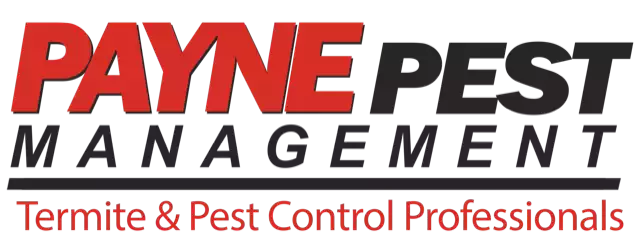Most termite infestations come from subterranean termites, and these infestations are easier to detect than infestations caused by drywood termites. This is because subterranean termites will have to travel from the ground to the wood, so they have to build mud tunnels to reach certain areas of the home. Drywood termites on the other hand build their colonies inside the wood that they eat, so they leave very few outward signs of their presence. However, these signs do exist, and if you know what to look for, you may be able to detect an infestation. Here are some of the signs to keep an eye out for:
Clicking noises
Digging through wood is a noisy business, so if you actually listen carefully, you will start to hear clicking noises. It does take a trained ear, but you can try it out yourself if you suspect that a piece of wood has termites inside of it. This clicking noise can come from the termites eating the wood, or from them banging against it in order to send signals throughout the colony.
Flying termites
When a termite colony is mature, it will start sending out flying termites or swarmers. These swarmers will go out and start new nests. If you notice these swarmers inside the home, and they did not come in through an open door or window, it’s very likely that you have a large infestation.
“White ants”
While seeing termite workers or soldiers outside the colony is fairly rare, you might come across insects that look like white ants. Ants and termites are quite similar in appearance, with just a few differentiating factors, such as the coloration, the straight antennae and the thicker midsection.
Hollow wood
Another way you can identify termite-infested wood is by knocking on it. Normally, the wood should sound solid, but when it is infested with termites, the wood will sound hollow, because it is filled with tunnels.
Frass
Frass is the waste that termites have to throw out of their colony, and it can be used to detect whether wood is infested. Drywood termites will create small exit holes, and if you look at the ground beneath them, you will notice a dark powdery substance and even insect parts. This is frass.
If you notice any of the signs mentioned above, contact us right away and we will come over and remove the infestation from your home.






